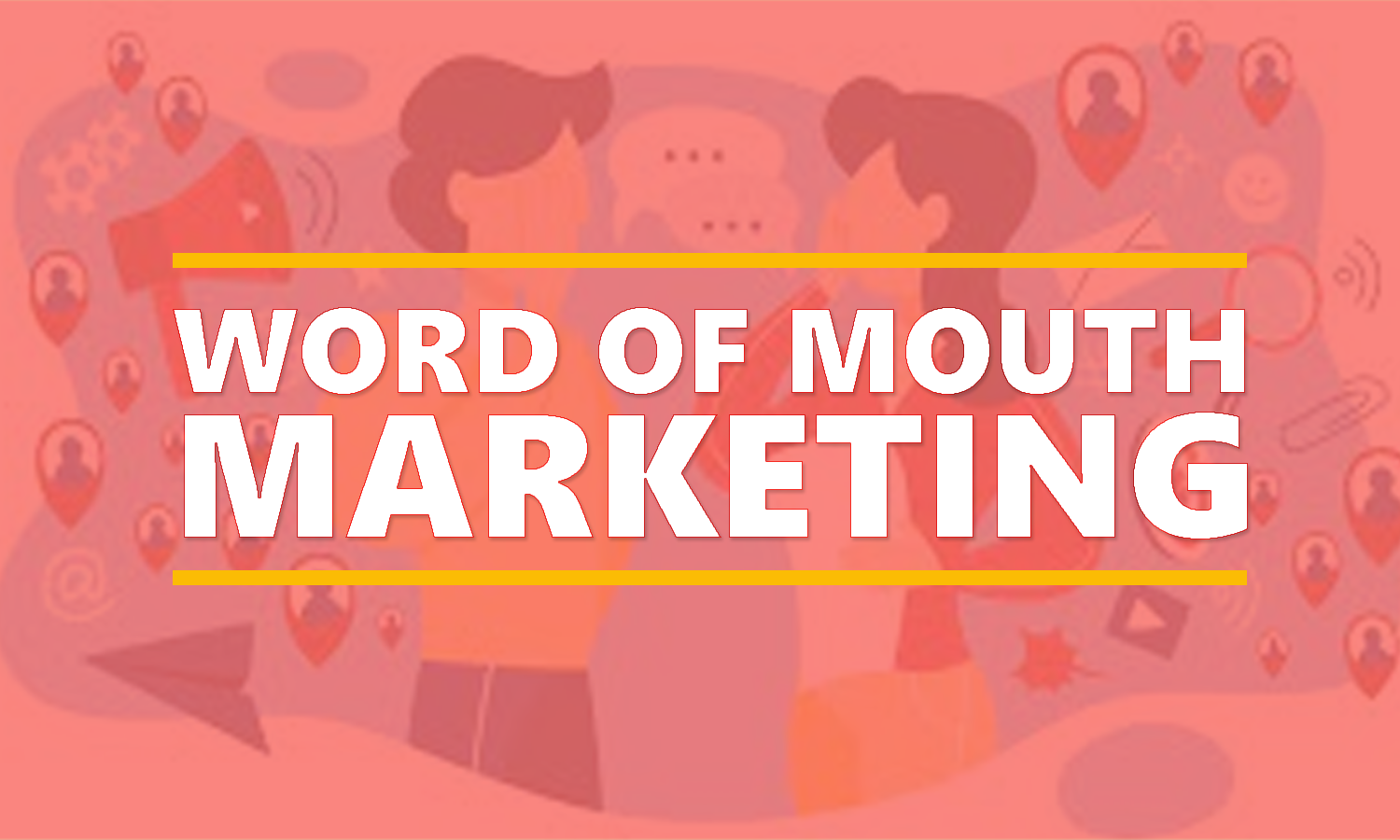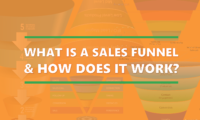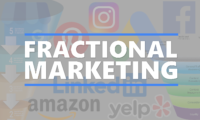Word-of-mouth marketing (WOMM), also known as word of mouth advertising, is a powerful and cost-effective form of marketing. It is used by companies to promote their products or services through word-of-mouth communication from satisfied customers. WOMM is highly effective because it relies on the trustworthiness of an individual’s word to talk positively about a product or service, rather than relying on paid advertisement. Studies have shown that word-of-mouth communications are more likely to lead to profitable sales than other forms of advertising.
What Is Word-Of-Mouth-Marketing?
Word of mouth marketing refers to the act of encouraging customers to share information about a product or service through personal recommendations to friends and family. This can happen naturally, but it can also be prompted through various tactics, such as referral programs or incentives. The goal of word of mouth marketing is to increase brand awareness and trust through positive personal recommendations.
Is Word-Of-Mouth Marketing Considered Marketing?
Yes, word-of-mouth marketing is considered a type of marketing. It’s old school marketing, if you will. It is a form of referral marketing that relies on satisfied customers to promote a product or service through personal recommendations. It is often thought of as one of the most powerful forms of marketing, as it is based on trust and personal experience, which can be more influential than traditional advertising.
Fun Fact
The phrase “word of mouth marketing” was first coined by George Silverman in his book “The Secrets of Word-of-Mouth Marketing: How to Trigger Exponential Sales Through Runaway Word of Mouth” in 2000. George Silverman is an American marketing consultant and author, who focuses on the word of mouth marketing and referral marketing. He wrote the first book on word of mouth marketing and has been a leading voice in the industry for many years.
What Is The Purpose Of Word-Of-Mouth Marketing?
The main purpose of word-of-mouth marketing is to engage with potential customers and encourage them to purchase the product or service being offered. This can be done through various means such as word-of-mouth conversations, product demonstrations, reviews of products or services, user group meetings and social media platforms. WOMM campaigns are often tailored to target specific audiences in order to maximize reach and effectiveness.
When word-of-mouth marketing is implemented correctly, businesses can expect to see positive results quickly. It has a ripple effect – one satisfied customer telling others about their experience leads to more people hearing about the product or service, which can eventually lead to an increase in sales. Additionally, it is much less expensive than traditional forms of advertising.
Word-of mouth marketing works best when customers have had a positive experience with the company’s product or service.
That last sentence is key. It is really step one of word-of-mouth marketing. If you do not provide a remarkable product or service for people, they will be less inclined to market on your behalf. In fact, provide horrible products or services and you may find negative reviews piling up online that can negatively impact your business.
In a sales funnel, getting people to advocate on your behalf would be part of the brand ambassador stage.
Further Reading: What Is A Sales Funnel & How Does It Work?
Companies should therefore aim to provide excellent customer service and ensure that customers have a pleasant experience when interacting with the brand. To encourage word-of-mouth marketing, companies can create incentives such as referral programs or product discounts for existing customers who refer new customers.
Interesting Statistics
- 92% of consumers trust recommendations from friends and family over any other form of advertising.
- 84% of consumers trust online reviews as much as personal recommendations.
- Positive word-of-mouth can increase a product’s sales by up to 54%.
- Negative word-of-mouth can decrease a product’s sales by up to 70%.
- Word-of-mouth is responsible for 13% of all consumer sales.
- Word-of-mouth can generate 2x more sales than paid advertising.
- 54% of consumers will share a positive experience with friends and family.
- Only 14% of consumers will share a negative experience with friends and family.
- Referral marketing results in a 37% increase in retention rates.
- Word-of-mouth is the primary factor behind 20-50% of all purchasing decisions.
What Are Some Examples Of Word-Of-Mouth Marketing?
- Referral programs: Encouraging existing customers to refer their friends and family to your business in exchange for rewards or discounts. Learn more. Research tools & software
- Influencer marketing: Partnering with influencers on social media platforms to promote your products or services. Learn more. Research tools & software
- Testimonials: Collecting and sharing positive customer reviews and testimonials on your website or social media channels. Learn more. Research tools & software.
- Brand ambassadors: Selecting and training loyal customers to act as brand ambassadors and promote your business within their own networks. Learn more. Research tools & software.
- User-generated content: Encouraging customers to share their own experiences and photos using your products on social media. Learn more. Research tools & software.
- Event marketing: Hosting or sponsoring events that allow customers to experience your products or services firsthand. Learn more. Research tools & software.
- Community building: Creating and fostering an online community of customers and enthusiasts who can share their experiences and recommend your business to others. Learn more. Research tools & software.
The Wrap Up
In conclusion, word-of-mouth marketing is an effective form of advertising that relies on word-of mouth conversations between satisfied customers and potential buyers in order to promote products or services. It is cost effective, has a ripple effect and encourages customer loyalty. Companies should strive to provide exceptional customer service and implement incentives for referrals in order to maximize their marketing efforts.




